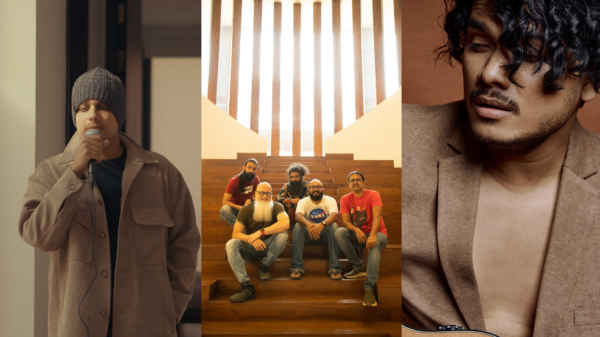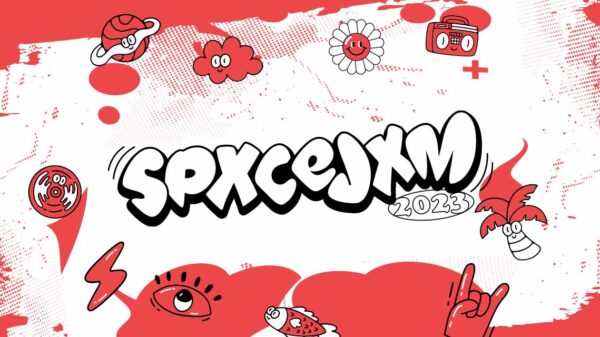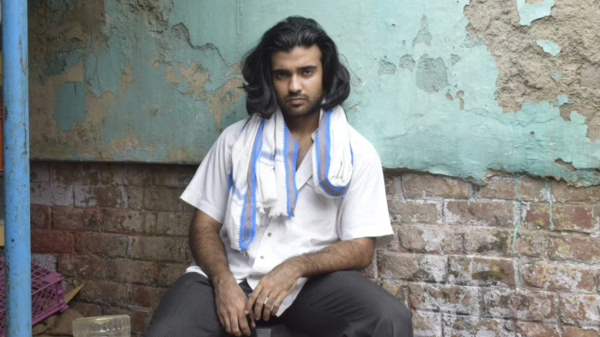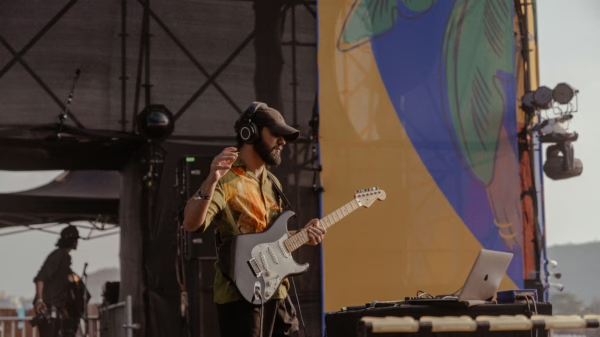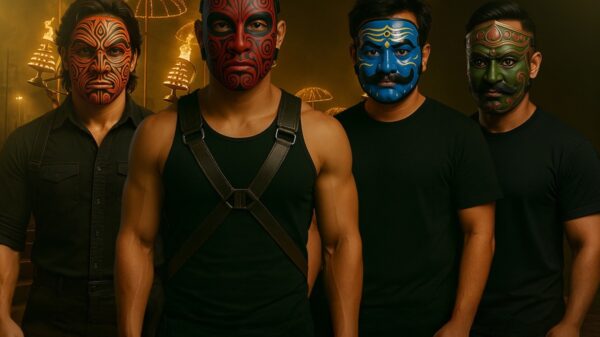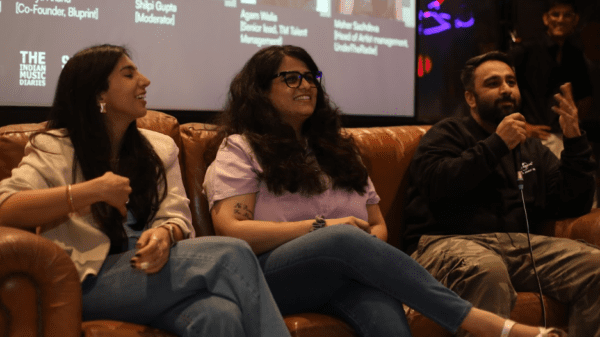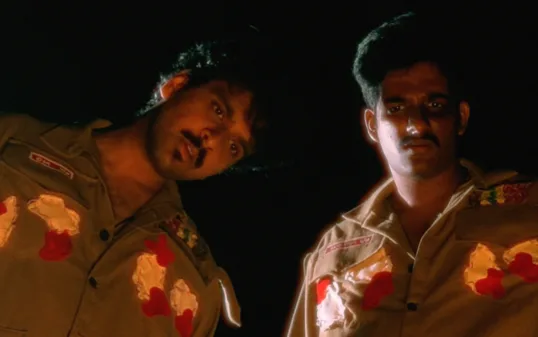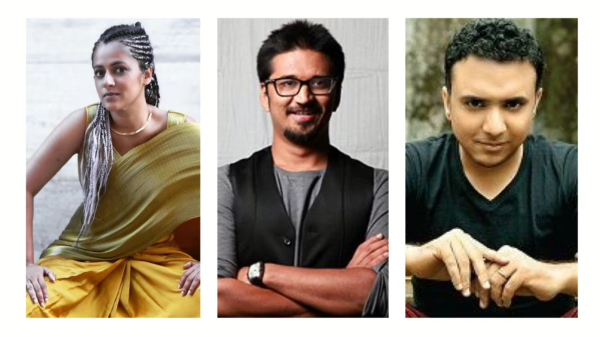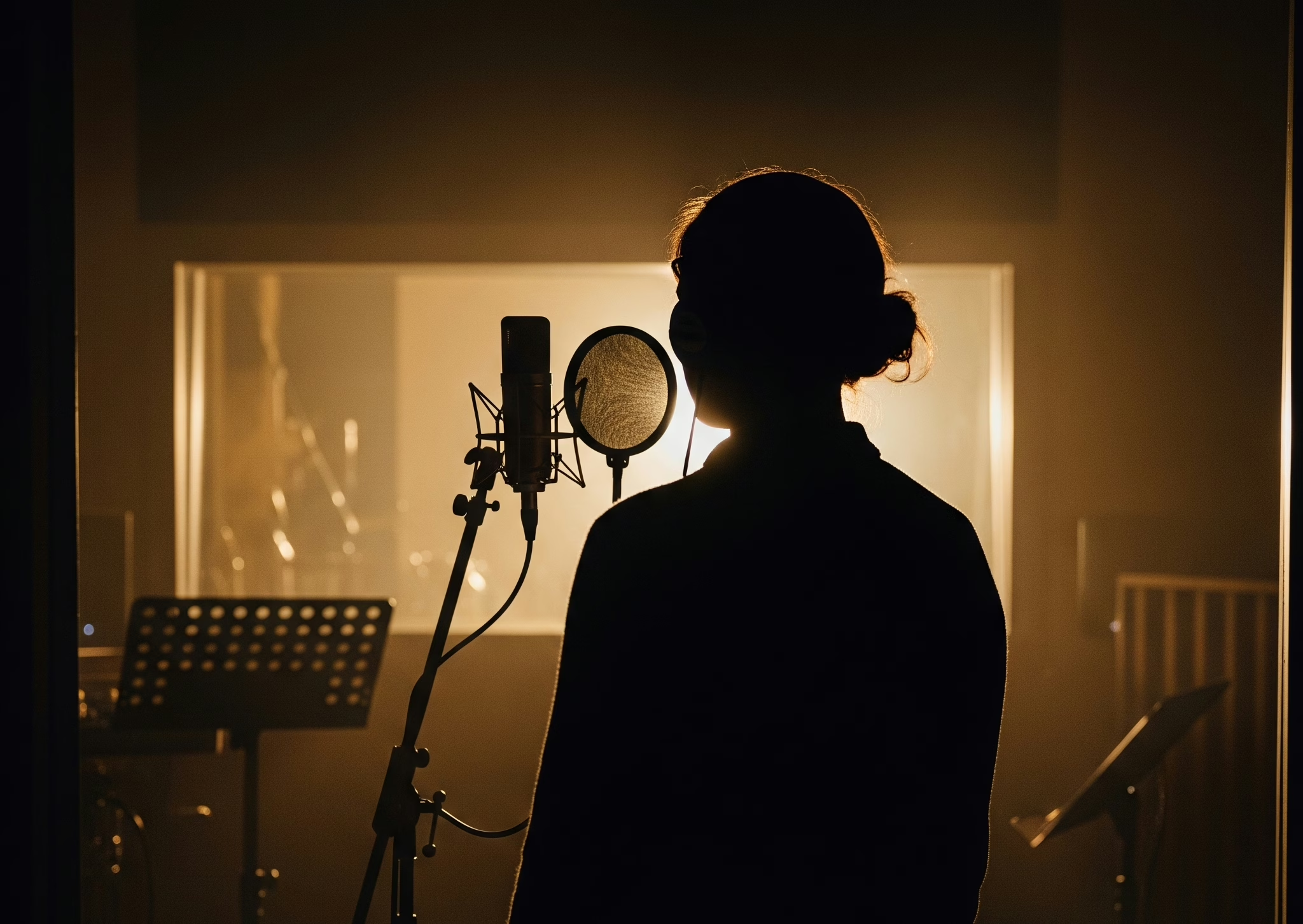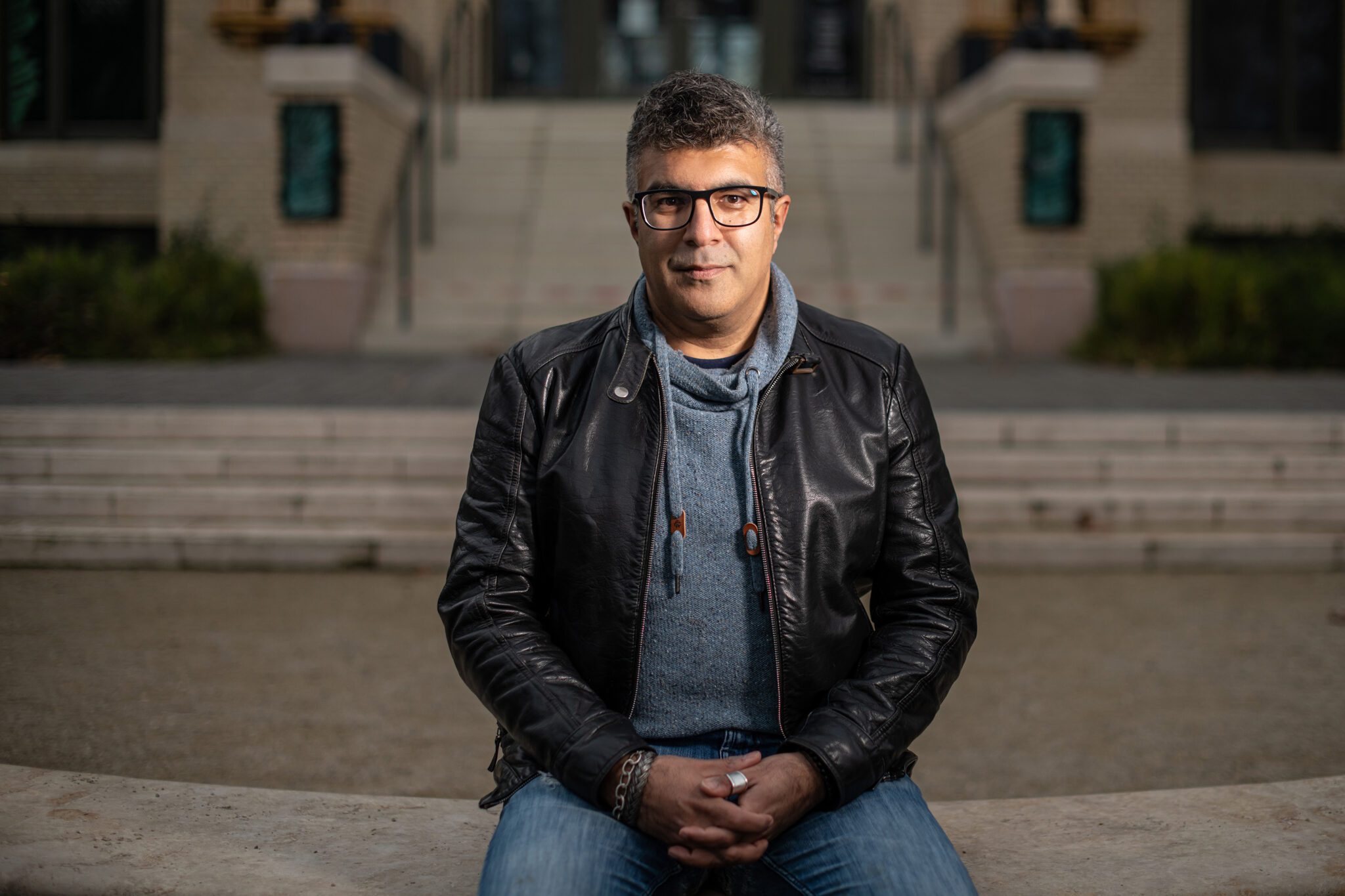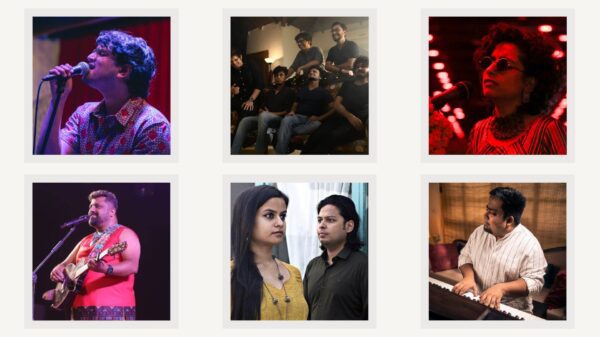Yo Yo Honey Singh: Famous, the Netflix documentary that’s been riding high in the global top 10 for two weeks, isn’t just a captivating story; it’s a landmark moment for Indian filmmaking. And at the heart of its musical storytelling is Alick Sethi. This London-based music supervisor, the founder of Retox Music, is making waves in the industry. From licensing Honey Singh’s iconic tracks to shaping the film’s emotional core through its score, Sethi’s work is changing the game. In a conversation with us, he talks about his experience so far with regard to the documentary.
1) What were some of the biggest challenges you faced as a music supervisor on a project like Yo Yo Honey Singh: Famous, particularly given that music supervision is still a relatively new field in India?
The sync licensing part! As music supervision is still relatively new in India, the momentum is still developing. If we break the soundtrack of the project into two halves – the music sync and the composition, then the licensing was definitely the most technical and challenging part.
Consider the unique circumstances here. Being a documentary, there was no script to work to, and Deepa (our editor) and Mozez (our director) put together the cuts in the edit suite. They were actually more responsible for choosing the songs and also the music video footage that would help tell the story of Honey’s life, based on how they were using the footage they had to put together a story. So in that sense if a certain song had not been available then they would have had to change the edit, maybe leave out a whole part of the film.
Things differ with scripted entertainment because usually a song can be replaced if it is not available. However, for a documentary about a musician, we needed his own music. We especially needed his big hits, his breakout tracks, his milestone songs. So the big challenge was actually talking to the labels, explaining to them the project, how it works and how we wanted to proceed. And then coming up with a way forward that suited all parties.
Hence there was nowhere to hide with this project.
I think it’s true to say that Indian labels aren’t used to frequent licensing as the ecosystem is still developing overall. I saw that as an opportunity to build working relations, learn and understand their perspectives, and share ours.
The positive thing was that we had a long time to develop the conversations between myself, representing the production, and the labels. I think that time allowed us to show them who we are and that we are for real and we are treating Honey’s story with compassion, empathy and honesty and that putting these songs in the film would benefit everybody.
2) How did you navigate the cultural nuances of Indian music and the expectations of the Indian audience while also aiming for a global appeal?
This is a good question, with a simple answer. I don’t think we did!
Honey’s story, in my opinion, isn’t constrained to India or a certain culture. Of course his music is well known in this part of the world, and of course, some of the subjects touched upon by the film are perhaps more taboo or restricted in India.
However, we wanted to make a film about his humanity, and not only about the huge epic highs that he had, which most of us will never experience. It is also a film about what he went through in terms of his own mental health and other factors. Being misunderstood, ostracised, punished in public without a trial, and mental health issues, are things that can happen to anyone, anywhere, in any strata of society. They are universal themes and common subjects. They link us all. So I believe that Mozez and the whole team were trying to make a film for everybody.
3) Any particularly challenging negotiation or licensing deal you had to work on for the documentary?
This is a tough question to answer because of confidentiality, respect to the labels and those who participated, and NDA agreements!
One thing that is certainly easier in India with sync licensing, is that often, compared to the west, songs are hundred percent owned by one entity. You can get situations with Western music where you need to talk to multiple parties sometimes up to ten or more companies for the rights for one song. You have to balance all their needs and requirements and hope that even one party does not refuse, otherwise the whole deal is dead and the song cannot be synced.
In India this works differently, and it is a lot easier to deal with one liaison for a song. However, what I could say is there was one instance in the film where we did have to talk to several parties and align all their needs and their wishes and expectations. Each company is completely separate from the rest, so we needed a common consensus. If you look at the end credits and see any Honey Singh songs with several parties owning the rights, then you can take a guess about what I’m talking about!
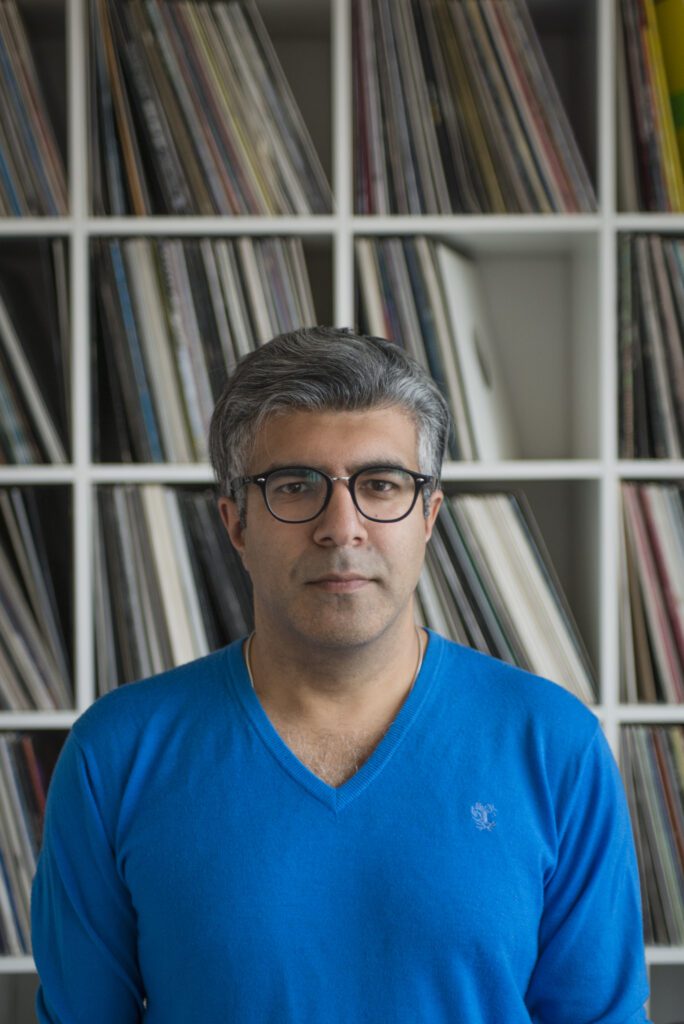
4) How did your collaboration with director Mozez Singh and the Sikhya Productions team evolve throughout the project? What were some of the key creative decisions you made together?
Honestly I found it very easy to work with Mozez and the Sikhya team. Everyone was very welcoming, in that they just let me get on with my job from the very beginning. They believed in what I could bring to the project, meaning that they believed in music supervision and sync as a process.
Having been active in the Indian market since 2017, that was a positive but quite novel experience. I will always fondly remember working with Mozez, and then Matthew Wang (our Composer) on the score. We did a lot of preparation work on the whole sound palette, and how the score should sound.
Mozez obviously knew what emotions he wanted to highlight and touch upon with the music, and he was very generous and collaborative because he wanted to hear contributions and feedback from his team. So that was obviously one key creative decision.
The other was spotting. Spotting means when you go through the script or the film and you decide firstly where there should be music and then what kind of music it should be. Because this was unscripted and because the licensed songs were assembled into the story by Mozez and Deepa, we were responsible for spotting in terms of Matthew’s score. That was a great experience.
5) Can you describe the process of selecting the score and soundtrack for the documentary? What were your guiding principles and how did you ensure the music complemented the story effectively?
We decided early on, that some kind of cinematic music with beats or trip-hop to reflect Honey’s style and music was a perfectly fine direction for the score, but maybe was not our direction. As the footage was coming in, we realised that Honey was very open with his life outside of music, his philosophy, thinking and emotions. Thus we decide to go for something more universal sounding, as this is a story for everyone.
Once we had our sound palette and we were working with Matthew, who understood everything from the start and is a really talented composer, it was just a case of letting the score express the feelings and emotions that we see on the screen.
We scored the first scene of the movie first. The whole story is set up here, so we felt that it was a good scene to use as a barometer of how the music would lift and descend to chart highs, lows, controversies, suffering, success – the main themes of the film.
This is also the part where Matthew composed themes, that could be brought back later, in different ways, and with different moods, to build the sonic version of the story arc that Mozez and Deepa had assembled.
We did a lot of spotting, but we were also flexible in our approach. For example, it was always assumed that the music would swell emotionally at the point in the interview where Honey breaks down with emotion during an interview. We were all quite attached to that idea, but it became so apparent that the scene worked better with no music at that point. It just gives it a raw, real quality, removing a layer of gloss to put the viewer into the moment.

6) How did you approach the task of licensing Honey Singh’s extensive catalog of music and music videos? What were some of the unique considerations you had to make?
In terms of the licensed Music, I mainly wanted to make absolutely sure that every song, whether from Honey or a piece of music that just happened to be recorded by the microphone during the filming, could be made available for licensing. This was because I really wanted Mozez to be able to tell the story as he saw it, and I didn’t want him to have to change it, at least due to any music matter. Looking back, I guess I put a lot of pressure on myself to find a way to get all these licenses done.
I have over 20 years’ experience with licensing and music sync, so there are certain aspects of the job that I’m very familiar and comfortable with. Actually, most of my career has been spent in advertising and marketing where the films are shorter, and usually only one piece of music is needed. So to be working with so many songs and visual content from the labels required me to be very organised and meticulous.
I received a lot of support from Netflix, their Music Creative and Music Legal departments, as well as Team Sikhya. I should take this opportunity to thank them.
In terms of uniqueness – every label, every publisher, every rights holder you deal with has different considerations and requirements and expectations. This is natural, since they are separate companies run by different people..
I think music and media are still businesses about people and personalities. So the main thing I had to take into consideration, was that there is no one size fits all and to approach each negotiation as unique. I approached who was sitting opposite us as an individual, and listen to their POV, whilst making sure ours was given an equal footing.
7) How do you see the role of music supervision evolving in the Indian film industry? What are some of the potential benefits for filmmakers and audiences?
I’ve been visiting this market and the country for almost eight years. In that time, it’s taken much longer than I thought for it to take off. I’m still not sure if Music supervision has fully taken off.
I’ve experienced great results, met a lot of amazing people, felt the belief and backing of some industry figures who I really admire and respect, and had a pretty major part in training the first homegrown generation of music supervisors at the Netflix Music supervisors workshop.
I think music supervisors bring unique value to storytelling mainly because of their neutrality. We are not tied to any single catalogue, label, composer, or specific style of music. This also eliminates conflict of interest. This allows us to curate the best team and draw from a wide range of creative possibilities.
We can significantly help with world-building, storytelling, character development, and even didactic elements. This flexibility benefits both filmmakers and audiences, improving the overall impact of a story, especially in today’s clutter of content. Our first loyalty is to the vision, the story, and not the approach.
Music supervisors are responsible for the whole music department. That includes making decisions and handling tasks which are outside the scope of music directors.
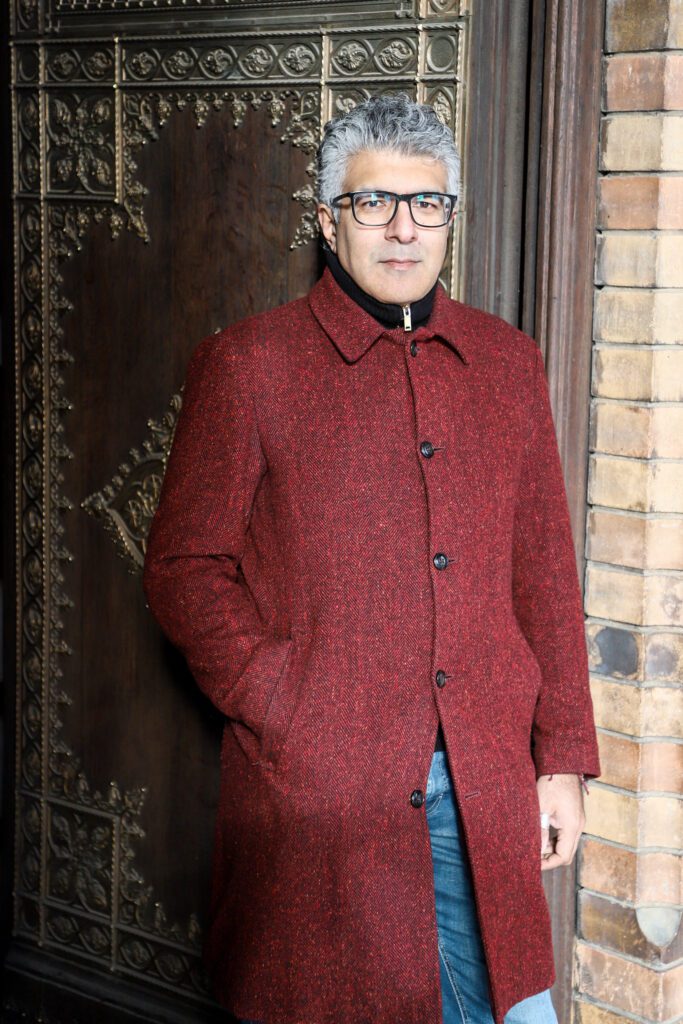
8) In your opinion, how can music supervision enhance the storytelling experience for viewers?
Music supervisors can look farther and wider and deeper for music ideas. We feel when to compose music that fits tightly to the story arc, and also when to inject the familiarity and nostalgia of an old well-loved song, or when to introduce an audience to a new cool artist or sound. We can work with mainstream and independent music, whether for aesthetic or budgetary reasons.
As well as composing, there is a mass of music sitting with labels, in catalogues, ready to sync. So much of this music is already beloved by the public, or about to be. This music brings new dimensions to storytelling and filmmaking.
Music supervisors have the key to unlock those doors, filter and curate such music and increase the scope and ambition of a film-makers purview.
9) What advice would you give to aspiring filmmakers who are interested in incorporating music supervision into their projects?
Just do it! Film is an artistic pursuit, but also a competitive business. So why would you not want to try something that gives you a competitive edge? When you consider how successful and universally implemented music supervision is in many other important markets, and that it is growing in India, that speaks for itself.
But like with everything, the only advice I would venture to give is to find the supervisor who you vibe with – who understands your project so well that when they make suggestions and input, you feel surprised, excited, happy, curious, safe, understood. I.e. only positive emotions!
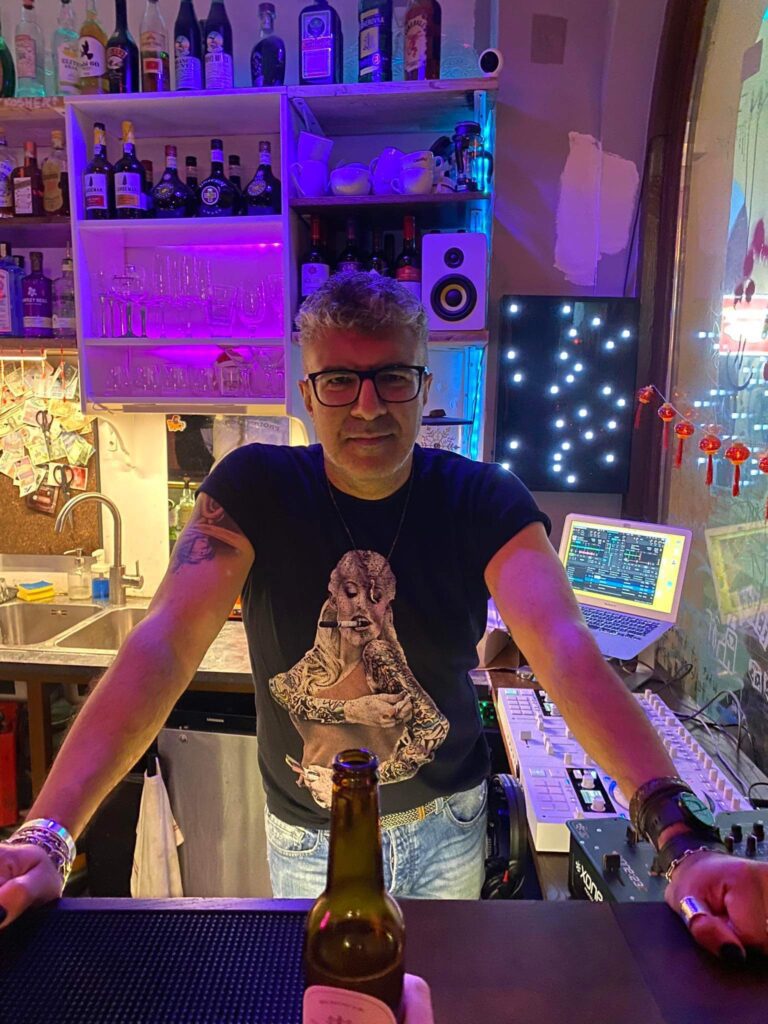
10) What was the most rewarding aspect of working on Yo Yo Honey Singh: Famous for you?
When I first came to India, I was only working with advertising films. I visited a lot of ad agencies, believing that they would welcome someone like me with my skills. Actually, it was a very hard sell as is with most new creative visions and approaches. It has taken a while to get to this point.
The most rewarding thing from this project for me is that music supervision does work in India, it does have a place in the filmmaking process, and it can be successfully deployed to tell a story.
Instead of focusing on the negative and the ‘cannots’, Mozez and team Sikhya trusted me and the process from day one, and fully utilised my skillset and potential. Whatever I go on to do from here, that is something I will carry with me for the rest of my life, with gratitude and pride.

